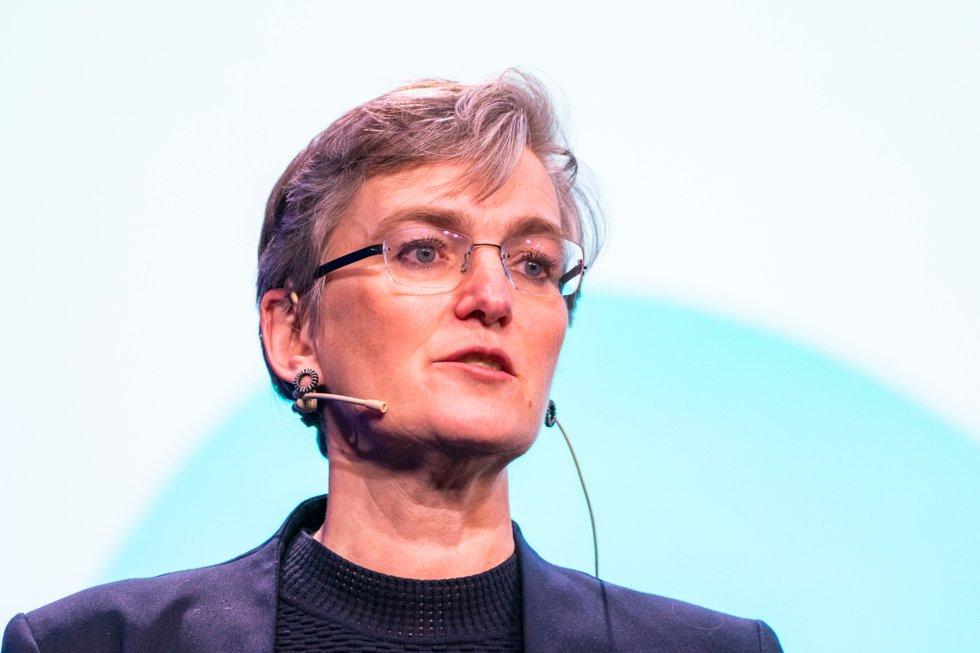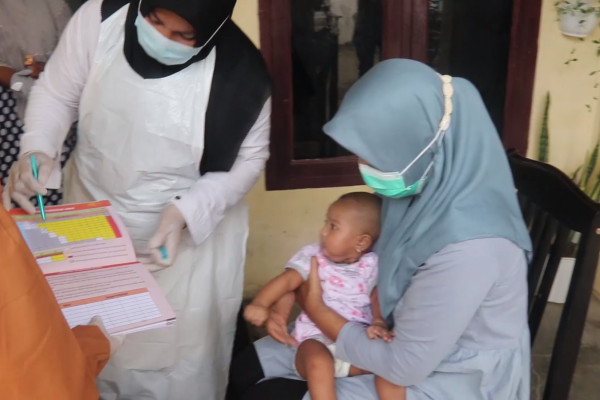– Although most countries set climate targets and adopt climate measures, we still don’t see any effect on the atmosphere. The level of greenhouse gases is now at the highest level in human history. Climate change will not slow down until we see a flattening out and eventually a decrease in atmospheric CO2, says director Ellen Hambro of the Norwegian Environment Agency in a Press release.
The methane level is rising very rapidly.
– Never before have higher methane concentrations been measured at Norwegian measuring stations than last year. Even more concerning is that the increase itself was also a recordhe claims.
The last time atmospheric CO2 levels were this high was more than 3 million years ago. Back then, the earth was 1.5 to 3 degrees warmer and sea levels at least 5 meters higher than today.
I do not know why
The Norwegian Air Research Institute (Nilu) is responsible for the measurements commissioned by the Norwegian Environment Agency.
– We see a sharp increase in methane, but we don’t know for sure what’s causing it. We do analyzes that say something about where the methane is coming from and we see that there have been changes in the sources over the past eight yearssays senior researcher Stephen Platt of Nilu.
Some measurements indicate that the increased emissions come from the biosphere, i.e. wetlands or agriculture.
Methane is emitted from various sources, some natural such as permafrost and peatlands, and some man-made, such as oil and gas extraction, ruminants and waste disposal plants.
Will see quick effect
Because methane breaks down relatively quickly in the atmosphere, we’ll see a quick effect if we reduce methane emissions, Hambro says.
– We’re already 1.1 degrees warming and fast approaching 1.5 degrees. We need to reverse the methane curve quickly to reach the Paris target, he says.
The methane measurements take place at the Zeppelin Observatory on Svalbard and at the Birkenes Observatory in Agder, and are part of a global network that monitors the development of greenhouse gases in the atmosphere.
In September of this year, measurable amounts of methane leaked from the gas pipe leak onto Nord Stream. Due to the wind direction, this was observed from the Birkenes measuring station. This will be included in next year’s report, management says.


